I am trying to layout DDR3 128MB chip and a Spartan-6 FPGA. DDR signal pins located on specific memory controller pins and could not be swapped. I've never done DDR routing and went with SP605 Xilinx board schematic as a reference to minimise points of human error. I've search for fair amount of literature but i absolutely have no experience on DDR memory and kind-of scared. So I've split DDR3 memory signals into this groups(net classes).
net class L min L max vias/trace
sdram_ud 19.905 19.931 2
sdram_ld 20.244 20.293 0
sdram_clk 19.102 19.106 2
sdram_addr 31.775 32.77 0..2
sdram_ctl 31.736 32.082 0..2
sdram_ud (pink):
dq(15..8)
udqm
udqsn, udqsp
sdram_ud (blue):
dq(7..0)
ldqm
ldqsn, ldqsp
sdram_addr (orange):
a(12..0)
ba(2..0)
we, cas, ras
sdram_clk (yellow):
ckp, ckn
sdram_ctl (green):
cs, clke, rst, odt
Ground and power planes are omitted on the screenshots.
All classes were routed in order they listed. sdram_ld and sdram_ud routed on different layers. All of the members of sdram_ctl class pulled to ground via 4k7 Ohm. All of the members of sdram_addr class terminated to vtt via 50 Ohm resistor pack on the bottom layer. I've put as many decoupling caps as i could: 0603/0402 ceramic 0.1uf + one big 4u7f polymer.
DDR3 layed out on 6-layer board with this stackup:
L1 signal/power
L2 gnd
L3 signal
L4 gnd
L5 power
L6 signal/power
Signal track width is 0.125mm. With my standard manufacturer's stackup it is around 70 Ohm impedance. Is it enough or I need to quote for custom stackup?
DDR3 signals located on L1 and L3. Termination, decoupling, vref and vtt located on L6. There is 1v5 island on L5 under Memory and FPGA part.
I've tried to follow S/3S rule, but not really worked out for me, I guess. I've layed out and tuned everything by hand. Addr class still looks like mess to me, but this is my best run so far. DQ signals are swapped within DQ[15..8] and DQ[7..0]. sdram_ctl tuned to match sdram_addr. sdram_ud is not tuned to match sdram_ld just so happened.
My questions are: Is this design will work at lowest possible speed at least? Did i correctly split DDR3 signals into classes? Is such difference betwin classes track length ok? As far as i understand DDR calibration is the process of compensation delays of net classes relative to the clock (ckp, ckn). Is it ok to have some address lines routed on one side, and others on the other? Do i have enough track clearance?
Also, looks like Altium does not account for vias length, so length tolerances might be +-1.5mm more for addr class.
UPD: DDR3 Chip is MT41J64M16LA in 96ball FBGA (0.8mm pitch) FPGA Chip is XC6SLX45T in 484ball BGA (1mm pitch)
UPD2: Dark red traces at L6 is vref net.


